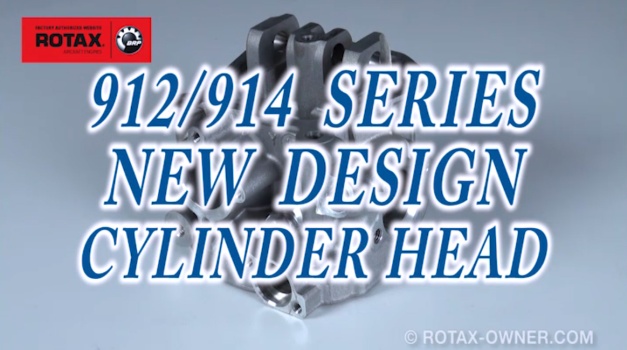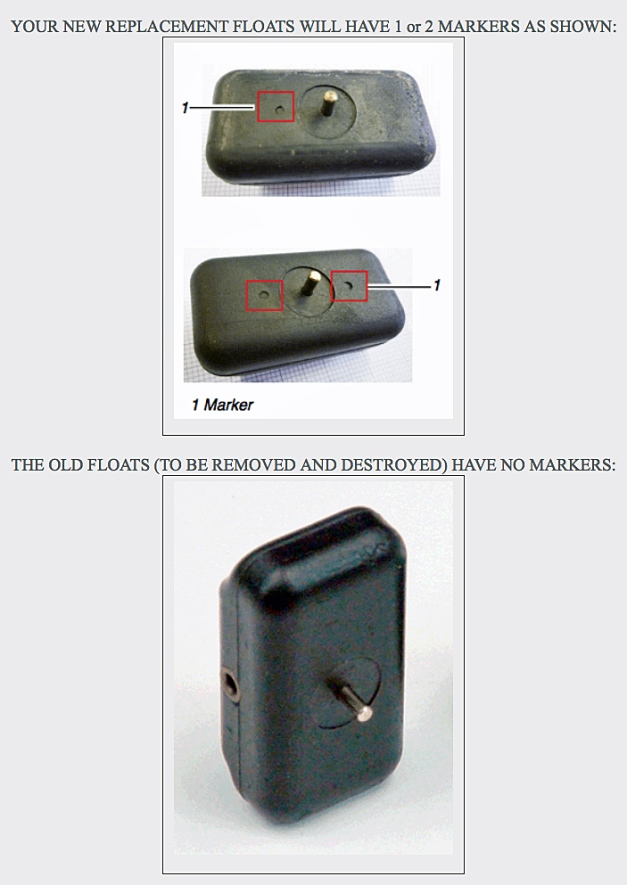 In 2013, Rotax introduced (without much of a fanfare) a new design of cylinder head for their 912 carburettor series engines. These cylinder heads have been fitted to all new engines since then and may be retrofitted to earlier engines.
In 2013, Rotax introduced (without much of a fanfare) a new design of cylinder head for their 912 carburettor series engines. These cylinder heads have been fitted to all new engines since then and may be retrofitted to earlier engines.
Having received a couple of queries from owners whose engines incorporate the new heads, it is important to understand that you cannot use waterless coolant in conjunction with these heads.
In addition it’s worth noting the following:
– the new heads are similar to but not the same as those fitted to the 912iS fuel injection engine. If you have to replace cylinder heads, make sure you get the right ones.
– the CHT sensor is in a new location
– what was the CHT sensor now measures coolant temperature not cylinder head temperature. You therefore have to use a new coloured-arc temperature gauge to reflect the correct coolant (not CHT) temperature limits.
– the sensor screw must be sealed with Loctite as the sensor is now immersed in coolant; the earlier CHT probe fitted into a dry void in the cylinder head.
– the cylinder head bolts must be torqued to a different value from the old ones, and also in a different order.
You can access detailed information about these cylinder heads in at least three places:
(a) Rotax Service instruction SI-912-020
(b) Rotax Line Maintenance Manual temporary update
(c) ‘Rotax Minute’ video, which briefly describes to differences between old and new design cylinder heads (may be Rotax can change that awful voice over??)


 On what basis do you record your times for scheduled services on your Rotax engine? Engine running hours – start to stop? Starting to taxi to stopping – wheels turning to wheels stopping? Flight time via an air switch – wheels off to wheels on the runway?
On what basis do you record your times for scheduled services on your Rotax engine? Engine running hours – start to stop? Starting to taxi to stopping – wheels turning to wheels stopping? Flight time via an air switch – wheels off to wheels on the runway?